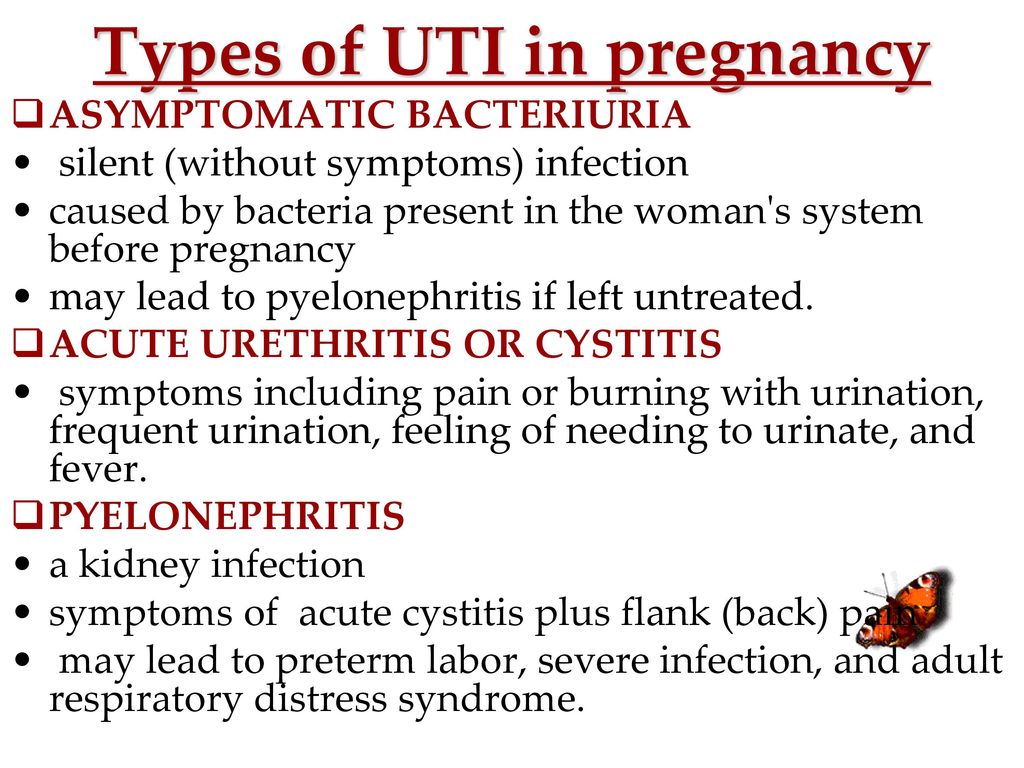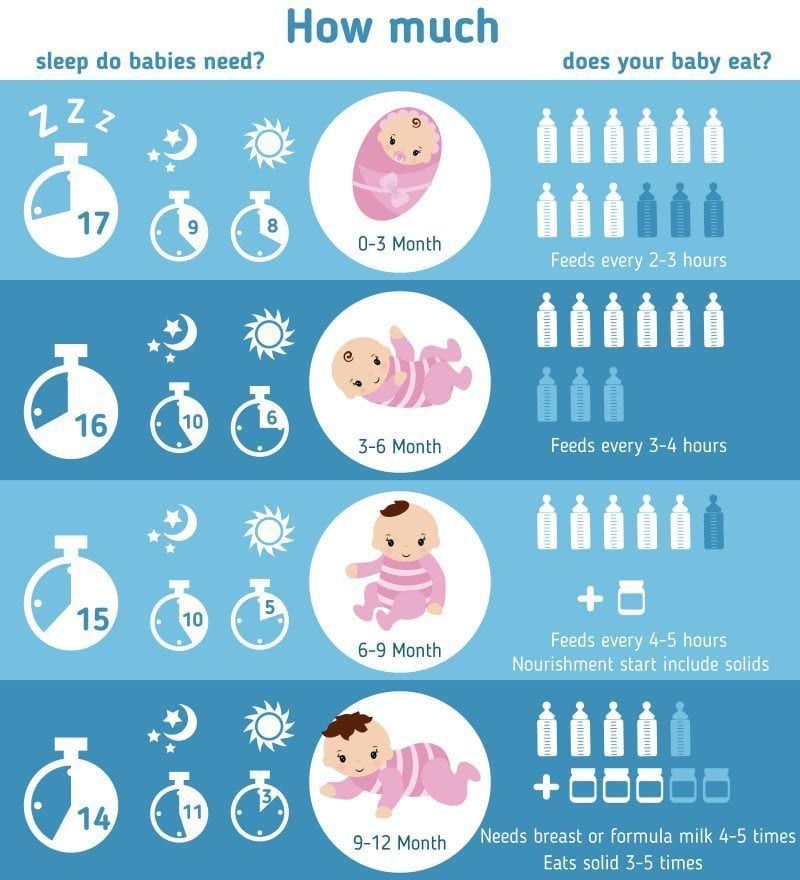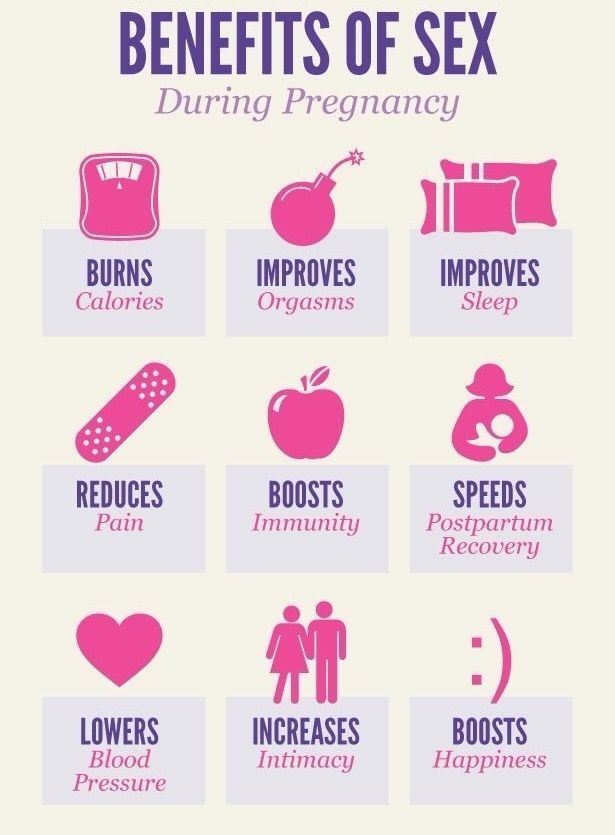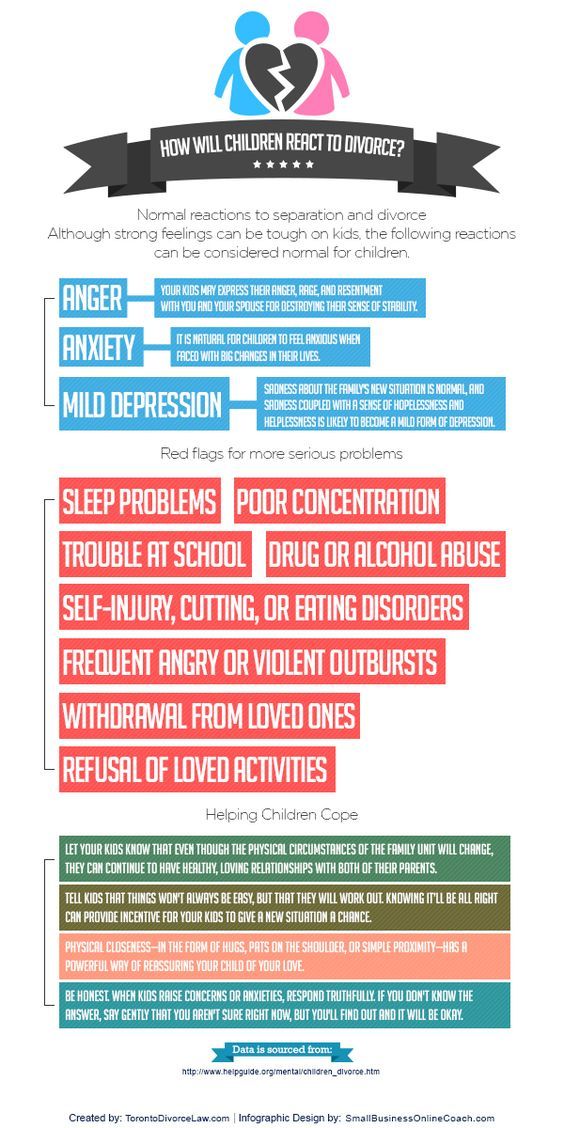How to teach your child rhyming words
5 Ways to Teach Rhyming (+ Free Printable Downloads)
by Marie Rippel
Did you know that rhyming is one of the best predictors of how easily a child will learn to read? That’s because good rhymers are better equipped to notice that rhyming words often have shared letter sequences, such as –all in tall, ball, and small, which in turn gives them a considerable head start in learning to read.
What Is Rhyming?
That may seem like a silly question, but it can be difficult to explain the concept of rhyming to a child who just doesn’t “get it.” Here’s a simple definition. When two words sound the same at the end, like duck and truck, they rhyme.
Most children enjoy hearing and participating in rhyming activities, and when they are exposed to rhyming, they usually pick it up naturally. But if your child isn’t good at rhyming yet, don’t worry! There are many things you can do to help.
Does Your Child Know How to Rhyme?
Use this simple test to find out whether your child knows how to rhyme. If your child needs help in this critical area, read on to discover how to teach your child to recognize and produce rhyme.
Three Stages of Rhyming Ability
It’s helpful to know that children don’t just start off rhyming. In fact, they generally go through three stages. In the order of easiest to hardest, those stages are:
Hearing and recognizing rhyme are important skills your child must master before he can produce rhyme, so be sure to focus on these skills first. Modeling can be a great way to help your child hear rhyme.
Here’s an example of modeling: “Duck and truck rhyme! They both end with uck! Say it with me: uck-uck, duck, truck!”
But hearing rhyme is just the beginning. The activities below were designed to help you teach your child all three stages of rhyming!
5 Simple Ways to Teach Rhyming
Read rhyming picture books together.
There are hundreds of great rhyming books, and this Rhyming Picture Books Library List is a good place to start.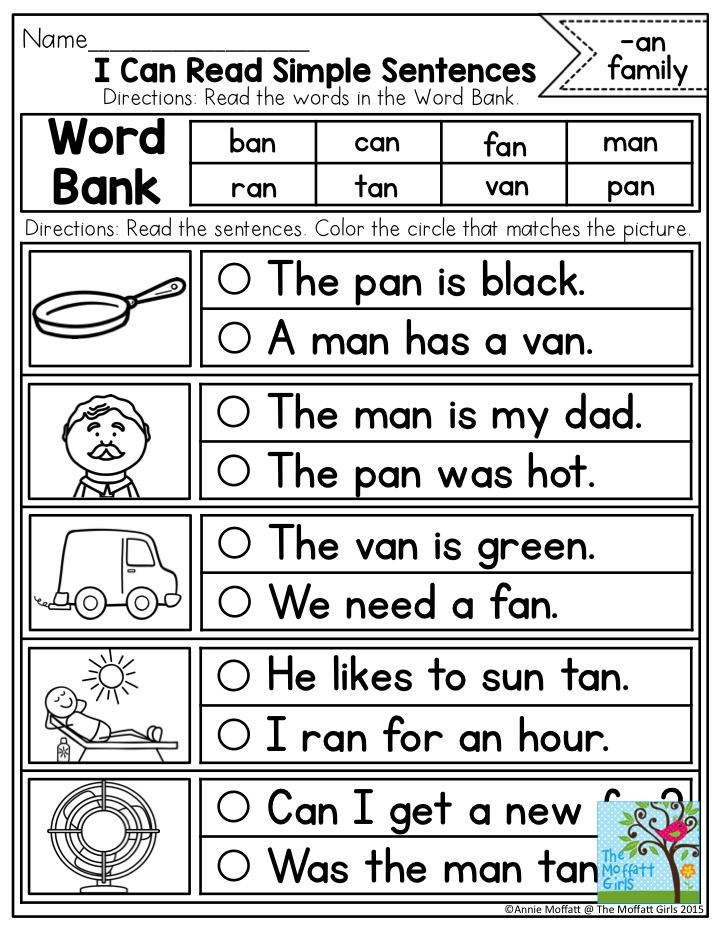 As you read, occasionally point out words that rhyme. (“Oh, goat and boat rhyme! They sound the same at the end. Goat, boat.”)
As you read, occasionally point out words that rhyme. (“Oh, goat and boat rhyme! They sound the same at the end. Goat, boat.”)
Play “Get Out of the Wagon” with your child.
“Get Out of the Wagon” is a popular Stage 2 rhyming game. In this downloadable activity, three word cards—like rake, cake, and king—are placed in a wagon. The child determines which word doesn’t rhyme and tells it to “get out of the wagon.”
Share nursery rhymes with your child.
Nursery rhymes are conducive to reciting again and again. After your child knows the nursery rhymes, let him fill in the rhyming words to work on Stage 2. On this downloadable library list, you’ll find some wonderful nursery rhyme collections to enjoy together.
Play “What’s in My Bag?” with your child.
Once your child can successfully recognize rhymes, this activity will help him learn to produce rhymes (a Stage 3 skill). Just fill a bag with several common household items (here are some ideas) and you’re ready to play “What’s in My Bag?”
Play “Dinner Time” with the whole family.
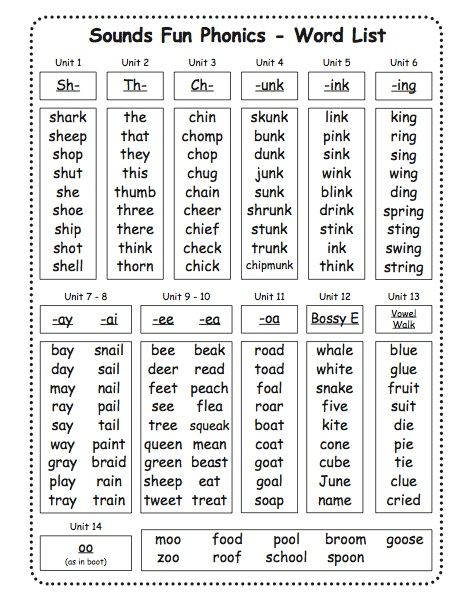
For more advanced Stage 3 rhyming, download this fun “Dinner Time” game. But make sure to play “Dinner Time” with the whole family. It’s guaranteed to provide lots of giggles for kids and parents alike!
The Bottom Line on Teaching Rhyming to Your Child
- Rhyming is an important pre-reading skill that reaps dividends later on.
- The ability to rhyme occurs in three unique stages.
- Use books, games, and engaging activities to promote rhyming ability. We make it easy by including hands-on activities throughout our Pre-reading program, and we continue to reinforce rhyming throughout the All About Reading program.
It may not happen overnight, but with repeated exposure, your child will learn to rhyme. Most importantly, keep your rhyming practice fun and light—it shouldn’t feel like a “lesson” to a young child.
Is there a rhyming activity that your child enjoys? I’d love to hear about it in the comments below.
_________________________
Photo credit: Rachel Neumann
Teach Rhyming To Struggling Students – The 7 Step Plan – Early Impact Learning
Rhyming is a very hard concept, and a lot of children take a long time to understand it. In ten years of teaching young children, I have seen many children learn to read fluently, and still not be able to complete a rhyming string.
However, there are some steps you can put in place, to help children maximize their potential in this area at least.
Follow these in order, and you are much more likely to see success.
To teach rhyming to struggling students you should begin with simple chants, songs and books. Move on to games involving joining in. Then extend to games where they are starting to think of their own rhymes with support.
An important thing to remember is that rhyming is not the be-all-and-end-all. It is mainly one of many tools to help children begin to read.
So try not to get stressed! Teachers and parents around the world have issues with rhyming, and they always will, so you are definitely not alone.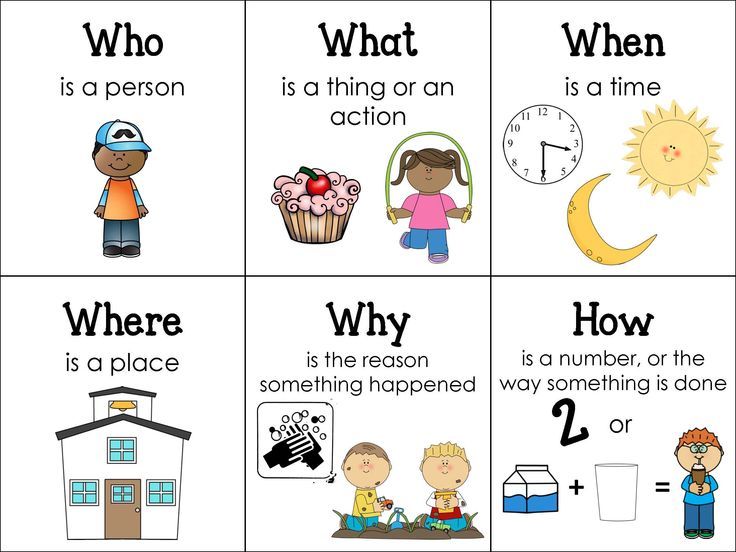
But if you start as easy as you possibly can with rhyme, and follow the following steps in order, then your chances of success become much greater!
Success breeds success in rhyme! So begin with activities that they literally cannot get wrong, and expand from there. This is one of the key principles behind the 100+ ideas and activities that I demonstrate in my online course Phase 1 Phonics Toolbag.
Anyway, let’s dive into the seven step plan.
Step 1 – Know The Pitfalls
There are a few things that you want to avoid to help the process of teaching rhyme to go more smoothly, and be much quicker.
The thing to avoid at all costs is children guessing.
This happens when children are set a rhyming challenge that is too difficult for them, and so they just make up the answer. This is a key pitfall in other areas of phonics as well, particularly in blending (find out what blending is and how to teach it here).
Asking a child to complete a rhyming string is an example of this (hint – don’t start with this!).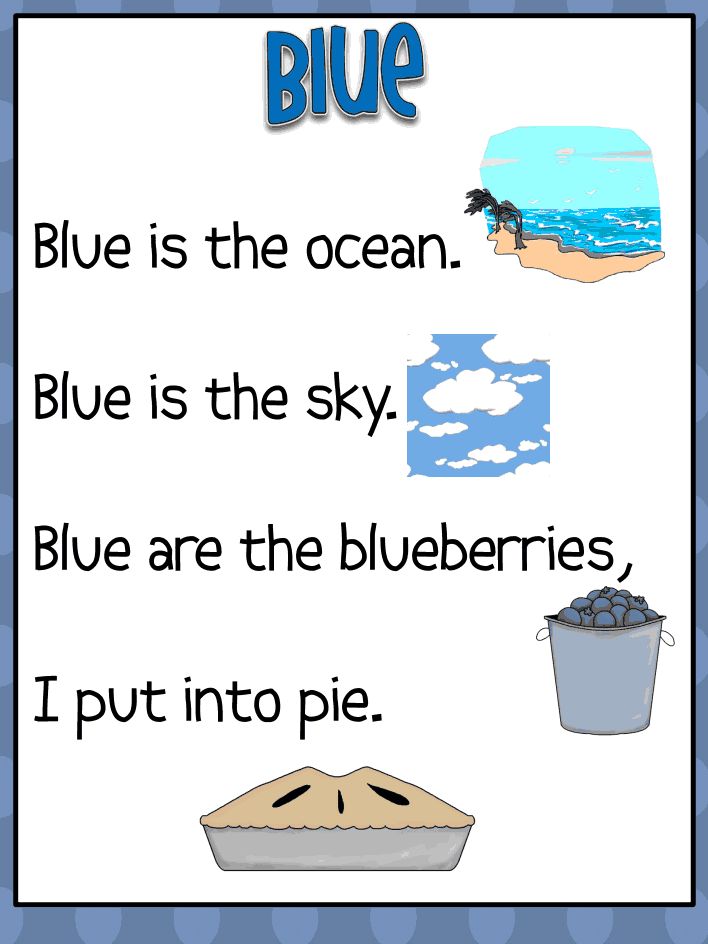 You might say, ‘What’s a rhyme of cat?’ Children will often say something like, ‘Dog’. Or ‘Whiskers’, or some other strange word association idea like that.
You might say, ‘What’s a rhyme of cat?’ Children will often say something like, ‘Dog’. Or ‘Whiskers’, or some other strange word association idea like that.
When children don’t know how to do something, a lot of them will guess. This is a bad place to be, and a tricky habit to get out of.
So start easy (as I’ll show you in Step 2 onwards).
The other major pitfall is to get stressed!
There is no point in either the adult or child becoming stressed about rhyming! This is really counter-productive. I understand it can be frustrating, as so many children are able to learn many other skills in early reading before rhyme. There is some research that points to the difficulty in learning rhyme for many children (Source).
But please relax! Many children will learn to read whole books independently before they can complete a rhyming string. So, please don’t worry too much.
Right – onwards to building a foundation…
Step 2 – Build A Foundation For Rhyme
Start as easy as you possibly can when teaching rhyme. It is important for children to have a foundation of repetitive songs and rhymes to build on later.
It is important for children to have a foundation of repetitive songs and rhymes to build on later.
So, some essential things to try are:
Nursery Rhymes That Rhyme
These are songs like Twinkle Twinkle, Wind The Bobbin Up, and all that kind of thing. Check out some fantastic songs to play with a parachute here.
Rhyming Books
I particularly like ones where the rhymes repeat a lot. A good example is Hairy Maclary, or The Smartest Giant In Town.
The more children are able to repeat rhymes, the better they will internalize them.
These two things – rhymes and books – are certainly not rocket science, but are crucial in giving children a platform onto which they can later build.
Step 3 – Extend the Foundation With Chants
When children have a platform of rhymes and songs, the next stage that I have found really successful is fun rhyming chants.
One way to do this is to get the children to stand up, and put some pumping music on! Something without words is best so they don’t get confused.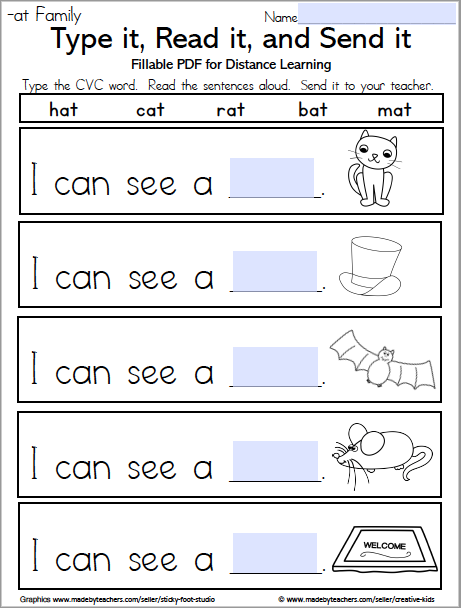
Then start chanting rhyming words to the beat of the music!
For example, go ‘Dog, dog, dog, dog, frog, frog, frog, frog…’
hThe children will hopefully join in. I like to make up actions at the same time as you say each word, just to make it more multisensory and fun.
For example, for the word ‘dog’ you could do ‘dog’s ears’.
Chanting games like this have the advantage of children not needing to guess. As long as they join in, they can’t go wrong.
You can also try chants with:
- Making spells
- Jumping and chanting at the same time
- Using silly voices
Step 4 – Play Games Involving Rhyming
Next step is to play fun games where rhyming is involved.
Again, it is good if these are games where they don’t need to think of their own rhyming words (that comes much later in the process).
A great example of a fun game involving rhyming words is the ‘Robber Game’.
Have three or four objects that all rhyme.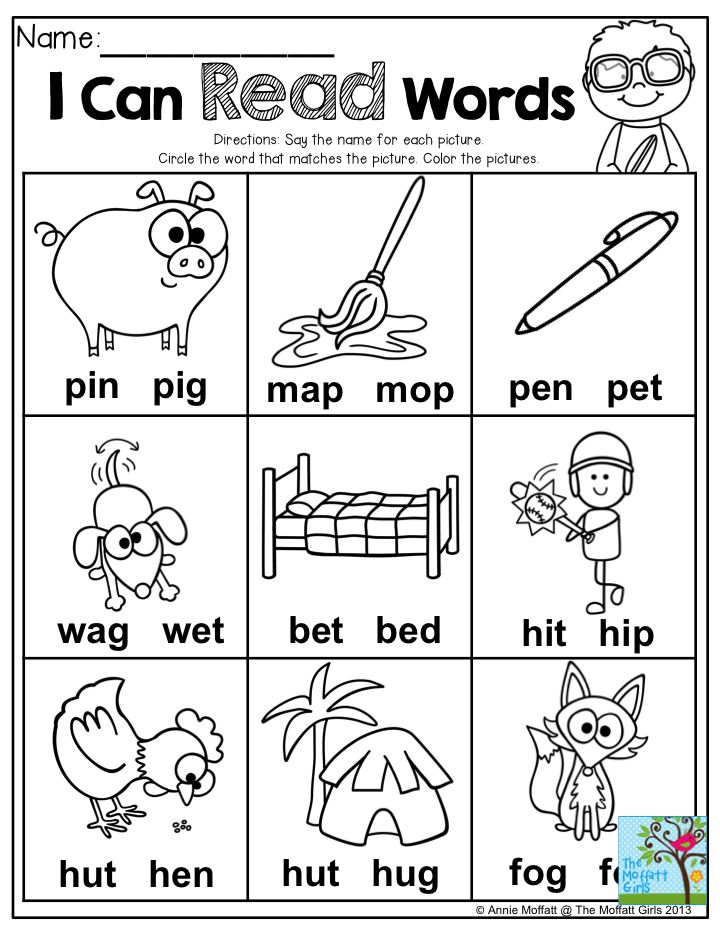 For example, have a toy ‘cat’, ‘bat’, ‘hat’, and ‘rat’.
For example, have a toy ‘cat’, ‘bat’, ‘hat’, and ‘rat’.
The children sit in a circle, and show them the objects.
Have a go at chanting them all together. I like to point at each in turn, and go ‘cat cat cat…’ etc!
Tell the children to try and remember where they all are.
A cat, a hat and a batThen cover them with a sheet.
Now it is a memory game. One child is the ‘robber’. All the other children will close their eyes, whilst the robber comes up and ‘robs’ one from under the sheet.
They hide it behind their backs.
Then the others open their eyes. Take the sheet off and try and guess what has been stolen.
Simple games like this take the stress out of rhyming, and just expose children to lots of rhyming as a side-product of the game.
Take a look at some other examples of games like this in my guide ‘The Ultimate 18 Rhyming Games For Children.’
Step 5 – Play Repetitive Games
Next step is to get the children thinking about rhyming pairs of words, and getting them to connect them independently.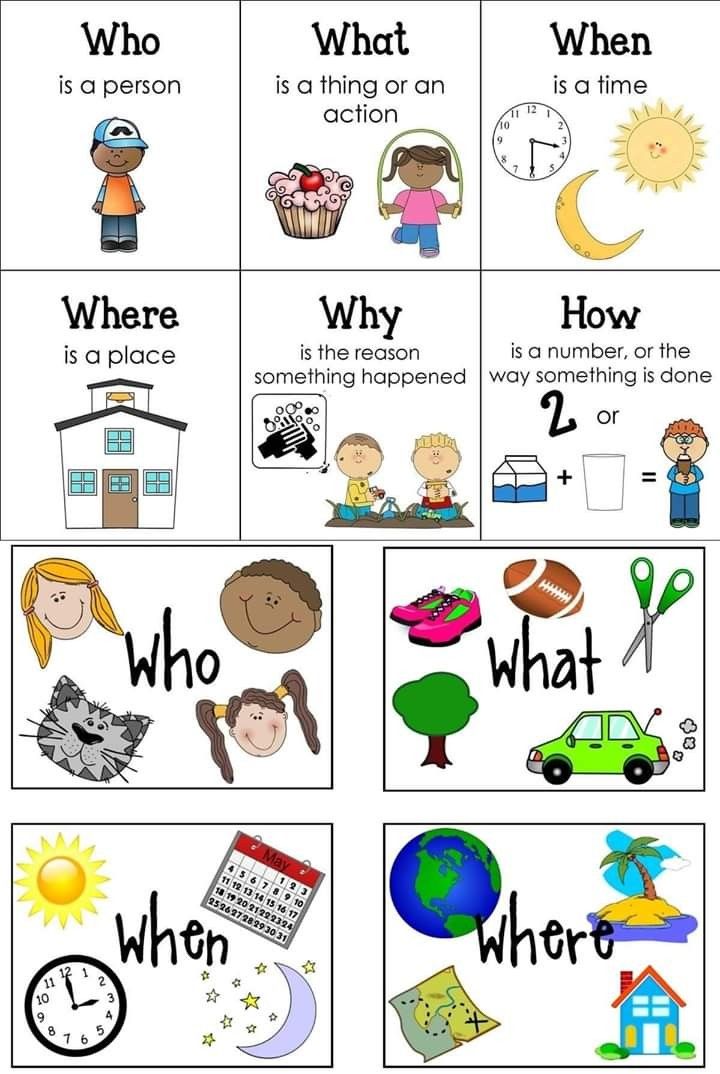
A great game for this is ‘Cross The River’.
You need some kind of blue sheet (or something similar) for this. This is the pretend ‘river’.
Get the children to sit in a circle, and place the sheet in a long snake shape down the middle.
You’ll need three volunteers to stand on one side of the river.
Now you will need a bag of three rhyming pairs of objects. For example, you could have:
- A toy ‘cat’ and a toy ‘bat’
- A ‘log’ and a ‘dog’
- A ‘tin’ and a ‘bin’
First, show the children what the rhyming pairs of objects are, and I would try chanting the rhyme together. E.g. ‘log dog log dog’ etc
Give out one of each of the pairs of objects to the children (e.g. give out a ‘cat’, ‘log’ and a ‘tin’).
Then sing the song. This goes to music of ‘She’ll Be Coming Round The Mountain’, and the words are:
You’ll be crossing the river when it rhymes!
You’ll be crossing the river when it rhymes!
You’ll be crossing the river, crossing the river!
Crossing the river when it rhymes!
Then take an object out of the bag, for example, the ‘bin’. Whoever thinks they are holding the object that rhymes with ‘bin’ is going to jump over the river (hopefully the ‘tin’ person).
Whoever thinks they are holding the object that rhymes with ‘bin’ is going to jump over the river (hopefully the ‘tin’ person).
Repeat this for other words.
Step 6 – Supported Rhyming Games
Next step after those sorts of games, is to play activities where the children are starting to think of their own rhyme.
One good game for this is the ‘magic rhyming stone.’ Stones can be used for all sorts of early learning (check out some fantastic ideas here).
Have some kind of stone that looks ‘magical’. I have painted a small pebble with magical swirls and stars!
Tell the children that this pebble will help everyone rhyme! When you hold it, you know how to rhyme.
Sit the children in a circle, and pick a word that has lots of rhymes, such as ‘cat.’
Tell the children that you are going to all pass the stone round, and it is their turn to hold it they are going to say a rhyme of the word ‘cat’.
The easy version is to give them lots of ideas before you start.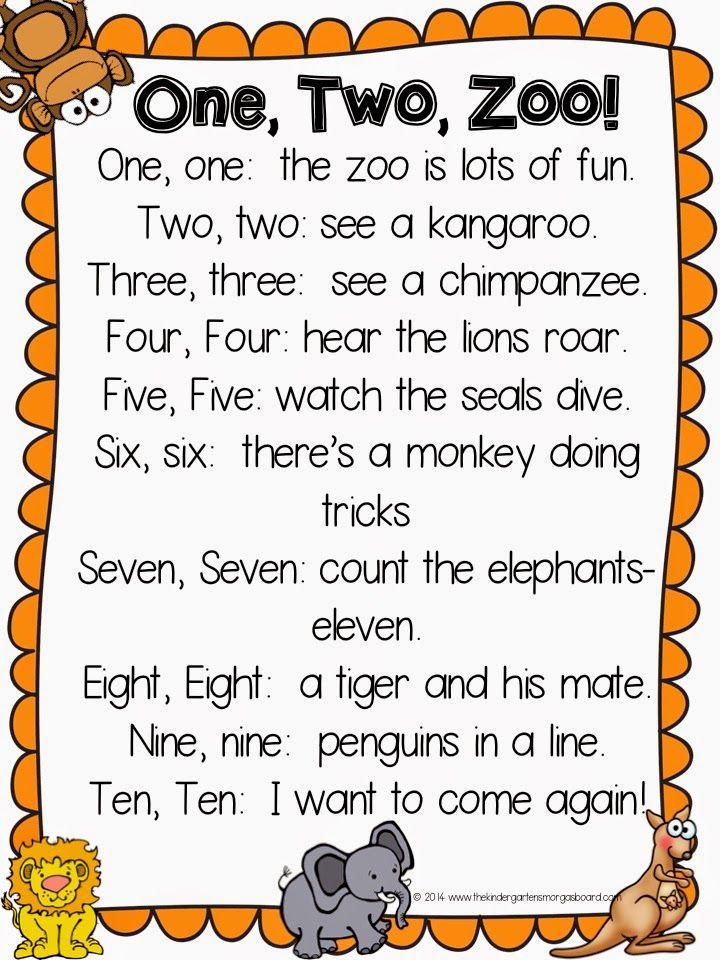
All try chanting some rhymes of cat together – ‘Cat cat bat bat hat hat mat mat rat rat…’ etc
Then pass the stone around. All they need to do is say one of the words that you have just said.
This stops it going random!
The harder version of the game, is to let them all just make up a rhyme, but I’d only try this when the children are good at rhyming.
Step 7 – Support Them Inventing Their Own Rhymes
Step 7 is the one to take on when children are good at rhyming, and now you are practising the skill.
Step 7 is all about finishing rhyming strings.
There are lots of classic games to practice this skill.
A good one is ‘I Spy’. You say something like, ‘I spy something that sounds like ‘frog.’’ (It was a ‘dog.’)
Another one is the puppet game. Get some sort of puppet that will make up rhymes, but leave one word out.
For example, Max the Monkey might say:
‘Rebbit says the frog!
Woof says the…’ (dog)
‘Crack goes the twig!
Oink says the…’ (pig)
Another game to try (which is about the trickiest of the lot), is just asking the children to complete a rhyming string.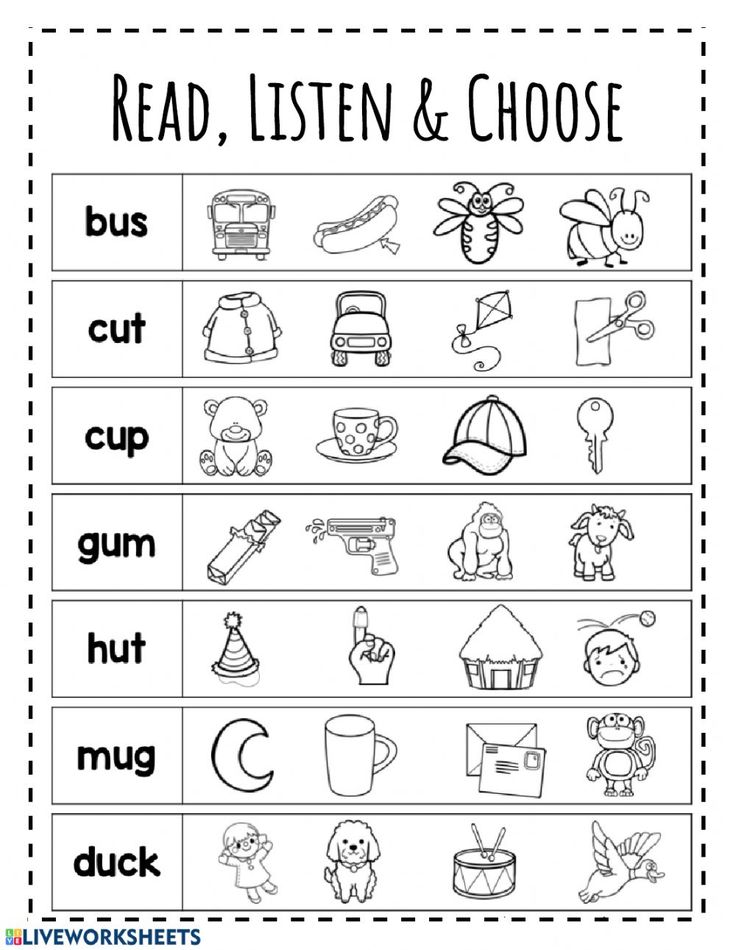
So you might say, ‘What words rhyme with box?’
If they can do this, then your work here is done!
Looking For A Solution To All Your Early Phonics Issues?
I have run my Phase 1 Phonics course for the best part of 5 years now, and it has pretty much been my most popular workshop over this time. Although it used to be just a face-to-face course, there is now a popular online version as well.
This course will:
- Give you an inspirational toolbag of at least 100+ games and activities to inspire children in phase 1 phonics
- Give you a full understanding of how to implement early phonics in the most successful way
- Give you a toolbag of songs, chants, games, videos, and puppet activities that will last a lifetime
- Be ideal for teams wanting to create an outstanding culture of early phonics in their setting
- Help you optimize the performance of space, resources, time and staff
Like all our courses, the Phase 1 Phonics Toolbag is about 2 hours long, and is fully flexible – attendees watch the pre-recorded videos at a time that suits them.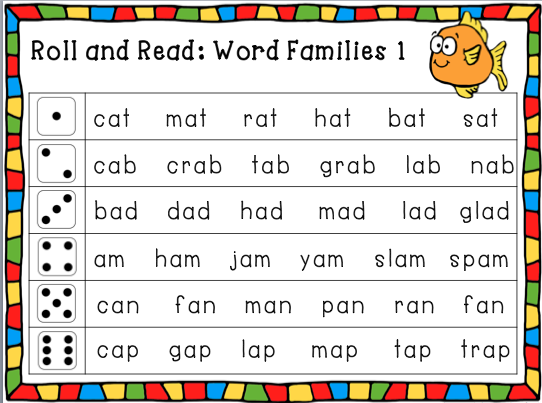
Flexibility is the name of the game! You can watch the training on multiple devices, multiple locations, and at different times.
You also get access to the online customers phase 1 phonics mastermind group. This is a facebook group that helps you interact with me, and with other schools, preschools and nurseries on the same journey.
If you are looking to create an outstanding provision of early phonics then check out the Phase 1 Phonics Toolbag online course here.
Final Thoughts
To sum up, the important thing really is not to be stressed – either you or the children!
Rhyming is definitely not easy. It is quite an abstract concept that just takes some children a lot longer to get their heads around.
So relax, and follow these steps in order, and you will at least give yourself every chance of teaching rhyme to the vast majority of children.
If you’ve enjoyed this article, then you definitely don’t want to miss this article about the ultimate ten terrific alliteration games.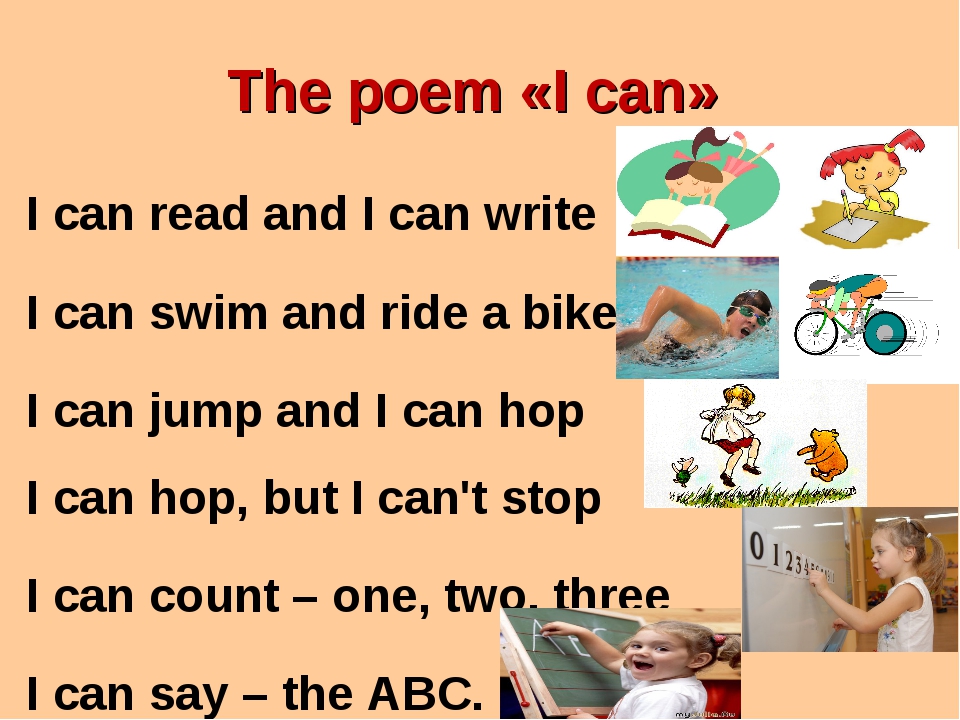
Recent Posts
link to 11 Balloon Games for Kids11 Balloon Games for Kids
There is so much entertainment value in a packet of balloons; no matter the player's age, everyone can have fun. Try the following balloon games for kids to get started
Continue Reading
link to 23 Super Drawing Games for Kids23 Super Drawing Games for Kids
Learning to write is a long and complicated process. When you break it down into all the different stages, it’s a miracle that any of us learn to write. Here are some drawing games for kids:
Continue Reading
Five ways to teach your child to compose poetry to improve English and develop imagination
Nadezhda Podkolzina
At school, children learn poetry because "the teacher said." But poetry is more than a school curriculum. Nadezhda Podkolzina, author of the technique for developing fantasy (@korol_kontrastov), talks about the beauty and usefulness of poetry, how to open the world with the help of rhyme, memorize school rules, resolve conflicts and just have fun. nine0007
nine0007
Long ago, the ability to read and write was considered a secret art and was only available to a select few. It was such a special privilege and even a little magic. In ancient times, people believed very much in words and their magical power.
Today this art is available to everyone, and everyone is introduced to "magic". But more often than not, the focus is on acquiring the skill itself, rather than the magical powers that come with it.
And they really are!
And poetry in this sense is a real find. Rhymed lines are much better remembered, perceived and convey information. They train memory, imagination, develop fantasy and metaphorical thinking. But most importantly, they help to learn how to better formulate thoughts. nine0004
Brain training
Many parents are alarmed by the fact that texts have become simpler, children get used to receiving information in a more concise form - through posts, pictures and catchy videos, they stop reading and learn less.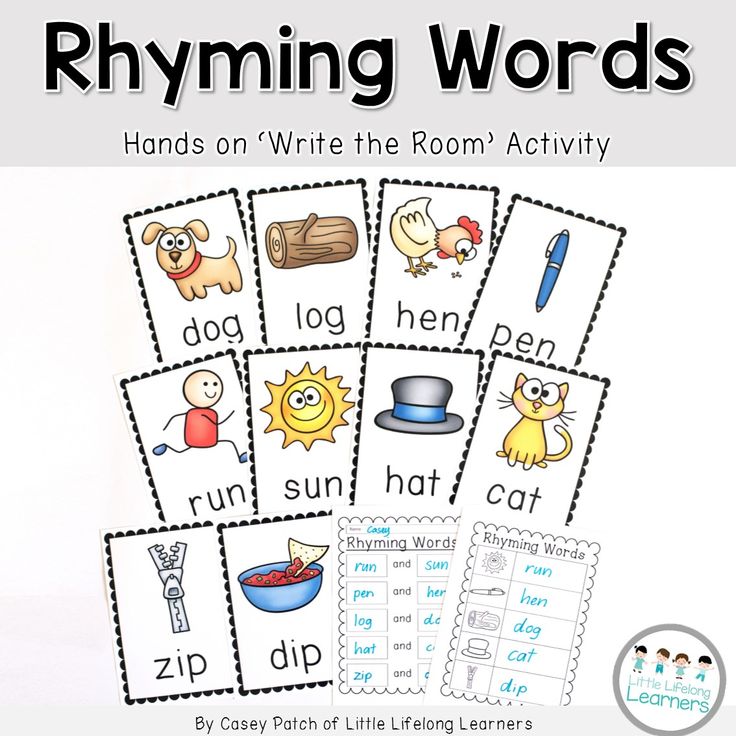
Parents fear for the future of their children, because they have to compete with artificial intelligence! And he, by the way, is not lazy, improves every day and even takes jobs. In some MFCs, for example, we are already greeted by real talking robots. nine0004
Poetry is a great way to train your brain.
Small volume contains valuable information. Poems are easy to read and easy to remember.
That is why poetry is an important element of the school curriculum. But they can not only be read, parsed and taught. Poems are not only entertaining and fun, they also help a lot in a busy children's life.
How? Let's figure it out.
Resolve conflicts
Thanks to poetry, you can beat some acute situation and make it funny. nine0004
For example, a child does not want to wear a hat. Read him a verse like this.
I’ll put sweets and a flask in my backpack,
Let there be my grandmother’s compote in it,
And I’ll go to fabulous Santiago —
He has been calling me for a long time.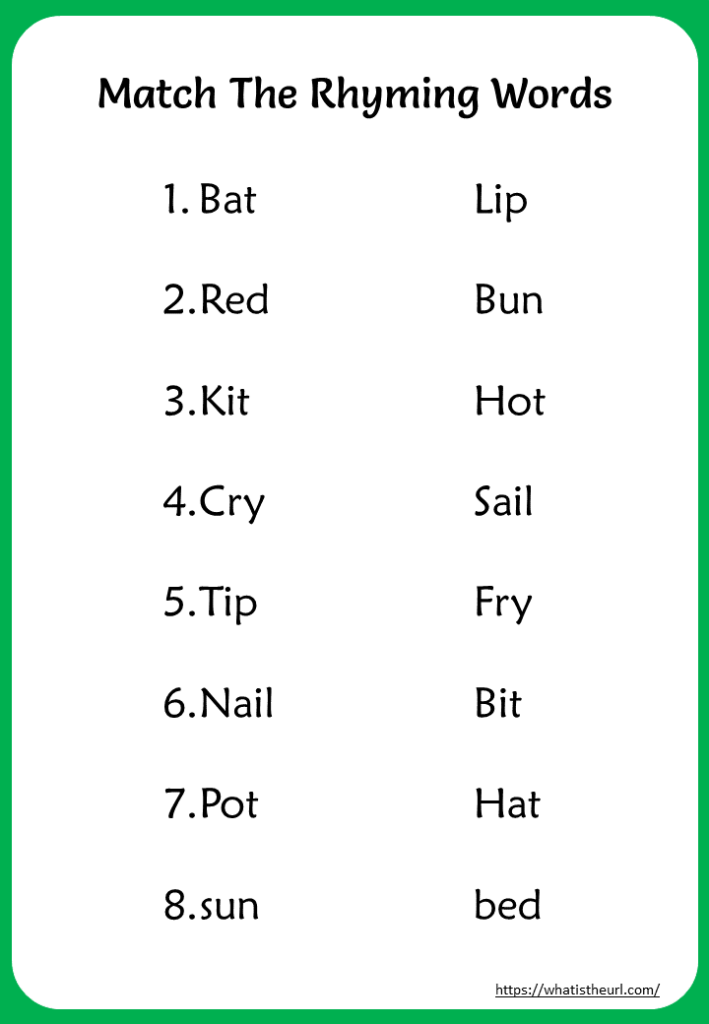
Really such a life here!
You can swim and catch tuna,
And you don’t have to in sunny April
Pull the cap over half your face. nine0007
I'll go to bed late,
Pour syrup generously into my ice cream
And shout something about the stars
Even louder than the ocean.
Solved!
I throw slippers into the corner -
I flew away with one foot.
If my mother allows me without a hat,
So be it, I will take it with me.
Develop
With rhyme, it is much easier to memorize some facts, events, rules or new words. Unusual terms, names and designations sounded in the poem arouse interest and get stuck in memory. And then they suddenly come in handy! nine0004
Since today is Theater Day,
So, audience, hold on!
There will be a plush muskrat
And a bear benefit.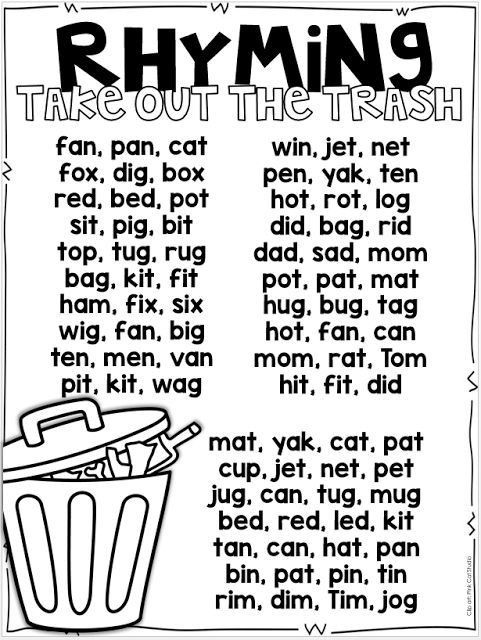
There will be hares in the first act
And cars in the second
Tea with sweets during the intermission
And prompters under the table.
Benefit performance, intermission, prompter - they will surely raise questions, and then they will take root in the lexicon.
Or here's a quatrain that will help you remember the rule "zhi, shi write with Y":
Let the class be busy today,
Dream about primers,
But we learned that puddles
End with the letters “and”!
Poetry also helps to open new horizons. Let's say we haven't been to many places, but would really like to learn more about the world, experience new experiences and adventures.
We can drink it wherever you want,
Poke the map at random
To Antarctica or Sochi
Or even to Trinidad.
Like everyday tea
The taste is a little different.
Promise that growing up
You will drink it with me!
or
From New Guinea for half a thousand miles
You won't be bored, life is like a movie there:
There are snakes and birds of paradise.
We will fish, feed the wild boars
And, of course, study at school.
There is no doubt, their Bougainville class
Everyone wants to enroll.
The children learn the Rotokas language there
And there are only 12 letters in it!
With the following verse it is easy to learn what rains are like.
Heavy rain,
Sitny, drizzling,
Rolling and mushroom rain,
Arguable, like a lizard.
Blind rain and slanting rain,
Even in stripes!
And there is also a thunderstorm -
It is almost a tsunami.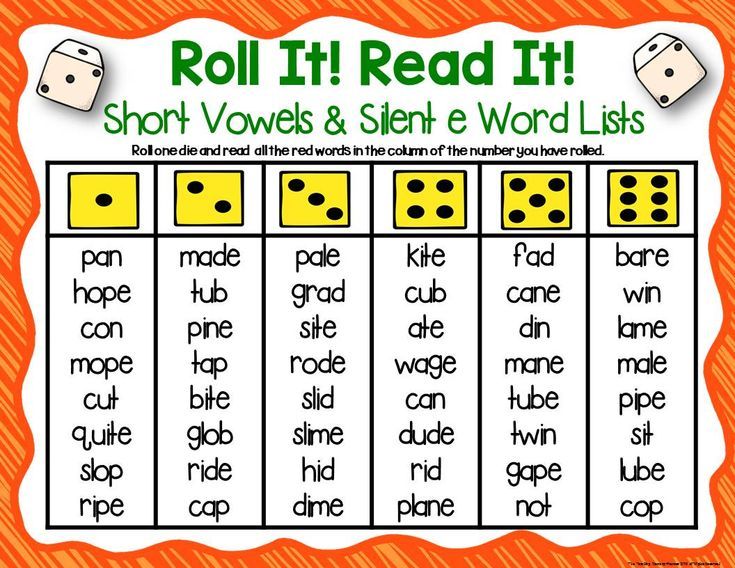
It started to rain outside the window,
Knee-deep puddles.
It's very good,
Even awesome.
I'm not the first to get wet,
I just have questions:
Will I become a mushroom now
Or striped?
Source
Poetry is an opportunity to think a little differently.
As the great philosopher and great connoisseur of poetry Hermann Hesse said, “A bad rhyme that you somehow concocted brings much more joy than reading the most beautiful strangers. Try it and you will see."
Let's try and see from our own experience whether he is right or not. nine0004
How to write poetry yourself
The easiest exercise is to complete a couplet. This is where all workouts and warm-ups should begin.
Subsequently, the child can compose the beginning on his own, and offer parents or classmates to complete the verse.
Names
Children's favorite option is with names.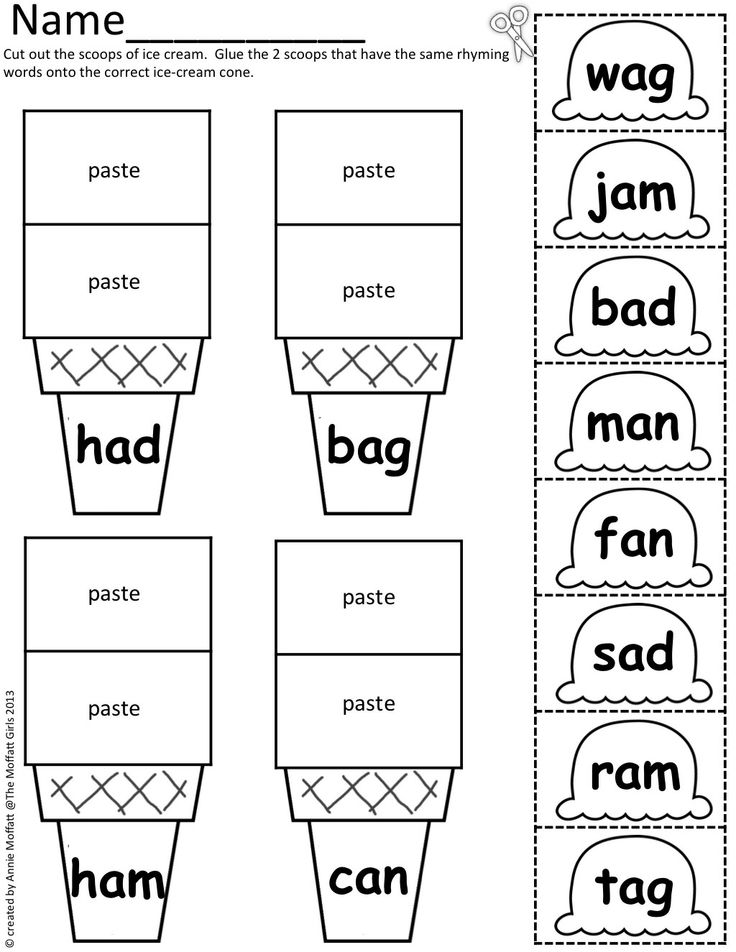 Even cartoon characters do not have such a resounding success. Everyone asks: “Come up with my name!”
Even cartoon characters do not have such a resounding success. Everyone asks: “Come up with my name!”
I like it for some reason
Classmate… Anyuta!
Waving from the window to mom
The eldest daughter… Natasha.
More than all other animals
Likes cats… Andrey.
Can't hear anything around,
When watching a cartoon... Misha.
Laughter rings throughout the boulevard,
So, Umar is running there.
One million animals
Facts are known to our… Semyon. nine0007
The effect will please you, the main thing is to use familiar names.
Method "Nonsense"
And this is also a very interesting activity - to engage in nonsense. The name itself, in my opinion, is already captivating. And it's quite official.
The point is to pile up in one poem everything that, in principle, does not fit with each other.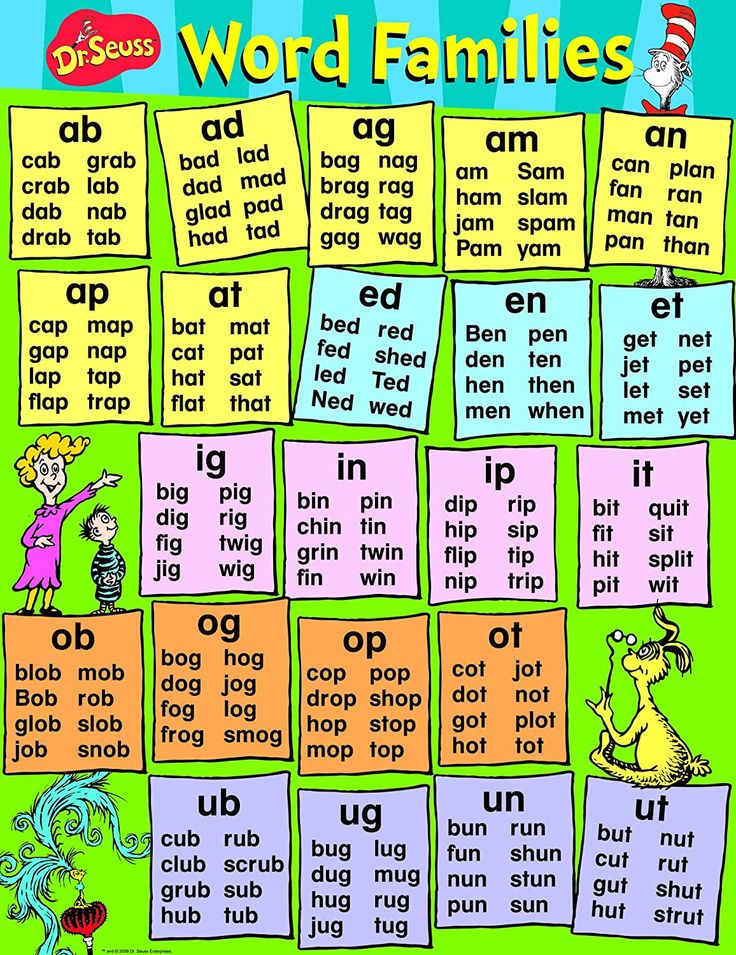 Anything from your head. The main thing is that the rhythm is maintained and rhymes are present.
Anything from your head. The main thing is that the rhythm is maintained and rhymes are present.
Once in a whale's pocket
Found mice,
Two dogs, three bridges
And a piece of roof.
From the outside, nonsense does not carry a special semantic load, but it is a good simulator for fantasy, an opportunity to compose a verse on your own and get the first successful experience in this direction. It is easier to invent it than to select suitable, verified meanings, so the guys cope with this exercise quite easily.
Pasta verses
Slightly more complex, but very interesting game version. In them, a funny effect is achieved by distorting foreign words and mixing them with forms of the main language. nine0004
They really got their name in honor of pasta. Pasta is one of the most beloved dishes in Italy, to which different ingredients are added and some kind of delicious mixture is obtained. If these verses were invented by us, they would probably be called vinaigrette.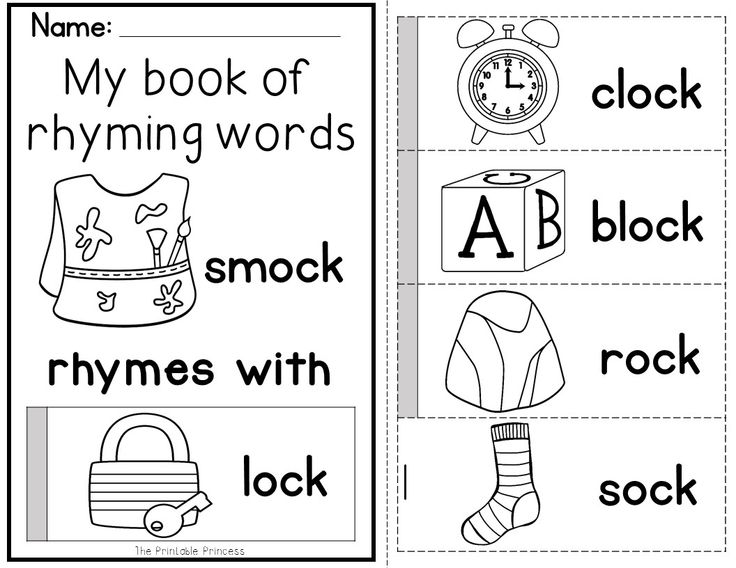
The famous playwright and creator of the classic comedy Molière liked to play with them and even inserted them into his works.
Composing such words will not only be fun, but also useful - you can understand foreign words and memorize them faster. nine0004
Give the child a few words to choose from, or invite them to search their memory and find the right one. Here are examples.
We'll say "goodbye" to the cat
And hurry to the tram.
The whistle of the wind and the roar of the rails
Time rushes like a skateboard,
No matter how late!
Come after the call
Sheimful for a student.
Acrostics
The work itself contains a riddle that the child must find. Most often, the answer is in the first letters of each line, but some manage to hide it in the middle as well.
H a bright shield before me,
E everyone will see.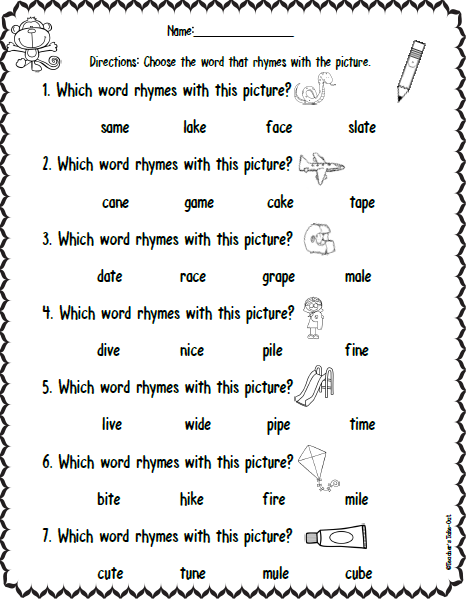
B white, blue, light blue -
O none over the whole earth.
Source
Onomatopoeia
You can invent it yourself or look for ready-made ones in verses. nine0004
K VA m K V VA m K VA m
will jump to the edge of 9000
The Great Prince-Logushka 9000 9000 or
BE has me in bed?
Who is jumping and gre me at crocheting a bow?
Some things, at first glance, seem difficult to understand, but children surprisingly quickly get involved in the process and show good results. nine0004
First-graders instantly find several rhymes and even give out whole couplets on the go.
Older children come up with processes for endless poems, offer ideas for pasta, solve acrostics and compose themselves.
If you practice regularly, you may well get a whole piece.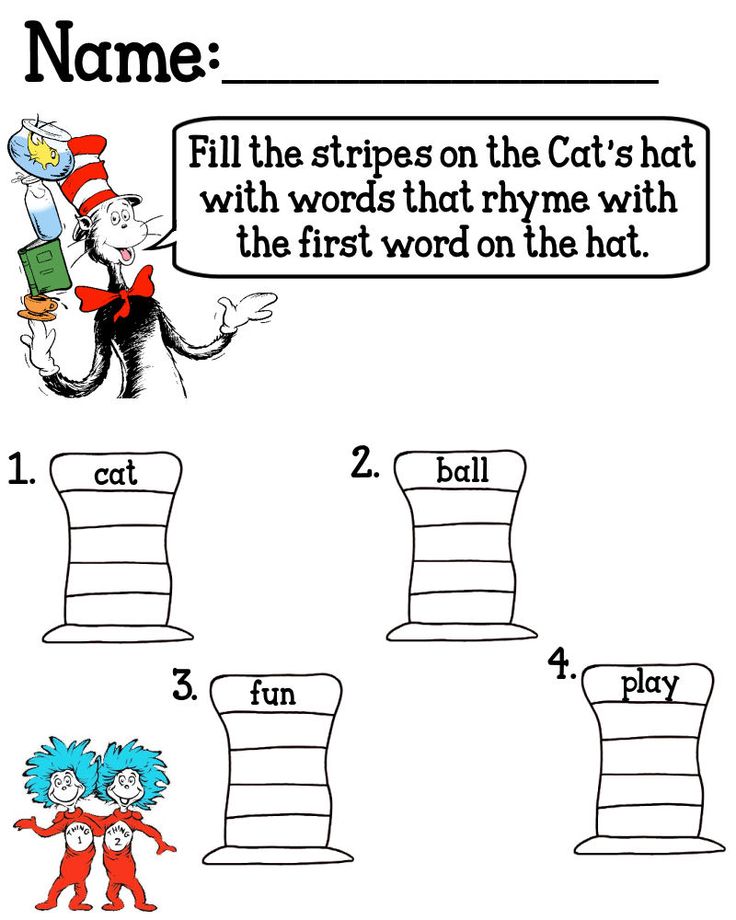 But most importantly, all this gives confidence in oneself and one's strengths, develops alternative thinking and focuses the imagination.
But most importantly, all this gives confidence in oneself and one's strengths, develops alternative thinking and focuses the imagination.
“If you can imagine it, you can do it,” said Walt Disney, and proved by his own example that all this is the very truth. nine0004
Post cover: unsplash.com
The rights to the verses and exercises in the article belong to the author of the publication
never wrote poetry, we won't believe. Thinking in images and writing poetry is as natural to a person as speaking. And writing poetry will help a child develop thinking, memory, a sense of rhythm and hearing. Mel, together with the Alpina Publisher publishing house, chose the main tips from new book releases - Roman ABCs by the St. Petersburg poet Pavel Mayorov and Write More! Aspiring Writer's Guide" by creative writing teacher Karen Behnke. nine0004
Read poems aloud, beat the rhythm by clapping your hands
This way the child will understand which syllables are stressed and which are not. Once he understands this, it will be easier for you to explain the meter to him. You can even emphasize stressed syllables, as the authors of the Rhyming Alphabet advise.
Once he understands this, it will be easier for you to explain the meter to him. You can even emphasize stressed syllables, as the authors of the Rhyming Alphabet advise.
Choose poems with bright and cheerful images that will help your child develop his imagination
And discuss with him what he imagines when he reads poetry. You can even draw an illustration for a poem. nine0004
Children are introduced to poetry earlier than to prose. Kids like the melody and repetition of sounds in poetry, so they, not even fully understanding the meaning of the words, ask their parents to endlessly re-read some favorite book with poetry.
Invite the child to complete the couplet or quatrain by himself, choosing several rhymes
Train the imagination
Offer the child, for example, the following exercise: combine form and movement with color to get a new image
- Flying ruffled brown.
- Tiptoe round lavender.
- Rushing bitten green.
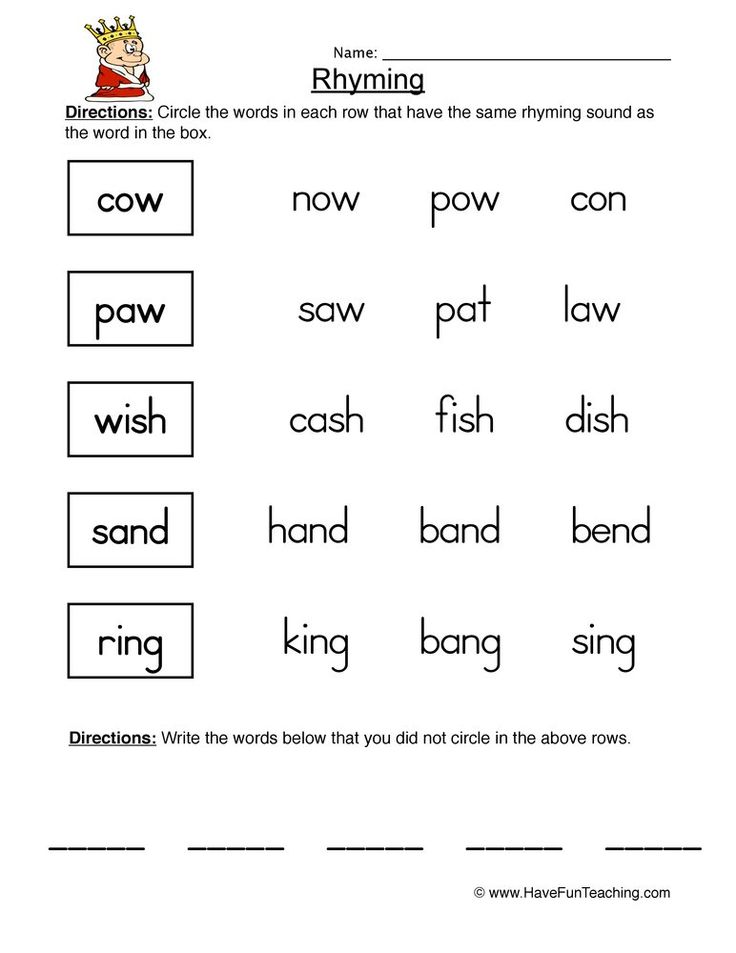
- Swinging round crimson.
- Fitted pointy cinnamon.
How many different combinations can you make?
Metaphor is simple and fun
Metaphor is a way of comparison. The metaphor does not say that this is like that. She says that this is it. It allows you to transfer the qualities of one thing to another. nine0004
- My sister's tongue is a long country road, wet and bumpy.
- My brother's eyes are big blue fish; its nose is a mountain with dark caves in which small pebbles lie.
- My cousin's ears are a funnel that catches every whisper.
- My soul was once a bear, and now it can take me anywhere.
Have the child write five metaphors about different parts of the body: what they are or what they want to be. You can write about your imagination and heartbeat, voice and veins, birthmark and breath, lungs and legs, heart and soul. nine0004
Why not try a haiku
A haiku is a short three-line poem.

